

36 Hours in Khajuraho: Exploring The Temples Of Love, Life & Worship
To go by the popular beliefs and interpretations, Khajuraho is seen as proof that the Kama Sutra originated in India, but behind the erotic sculptures, which are just 10% of the overall carvings in the temples, lies deeper tales of history! The rest of the carvings depict the common man’s everyday life that existed during those times. While some sculptures display women applying makeup, others showcase potters, musicians, farmers, and the common folks.

Khajuraho: The History & Beyond
Built by the Chandela Dynasty kings, who ruled much of the Bundelkhand Region in Central India, these unique temples portray meticulously detailed carvings. The dynasty, is in fact, renowned for its art and architecture, particularly the Khajuraho Temples.
Presently, there are just about 20 temples, which initially included 85 temples. It almost took 100 years for the construction of the temples, from the middle of the 9th century to the early 12th century, and were constructed following the Nagara style of architecture. Every temple is unique in its way and each reflects the magnificence of the prosperous era of Indian art & architecture.
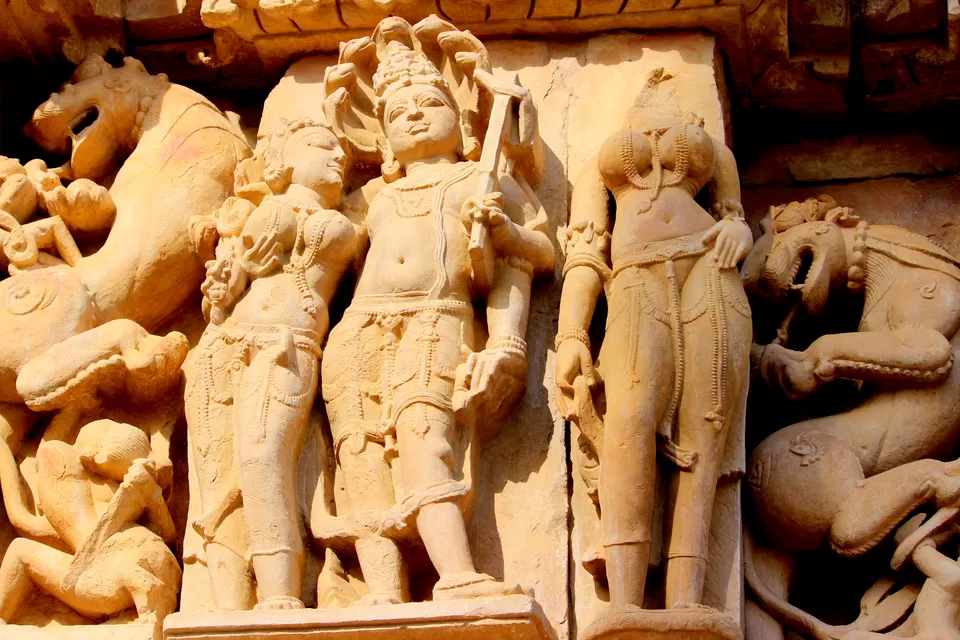
The first recorded mention of the Khajuraho temples is in the accounts of Al-Biruni in AD 1022 and the works of the Arab traveler Ibn Battuta in AD 1335.
Different people have different stories regarding how ‘Khajuraho’ got its name, but when we opted to go for the Light & Sound Show that’s held within the temple complex, we got to know about a version of the story that was narrated there! It was the story of Hemvati, a beautiful woman, who mesmerized the Moon God, Chandra Dev. He was absolutely swooned by her beauty, and soon thereafter, they had a baby named Chandravarman, who later became the ruler of the Chandela Dynasty.
Around the 12th century, when the Delhi Sultanate took control of Central India, many of the temples were destroyed or fell into ruin. This included the late 15th-century demolition drive by Sikander Lodi as well. After the destruction, this region was left just like that, and slowly, date palm trees grew in abundance, hiding the temple complex, until it was rediscovered by British surveyor T.S. Burt in the 19th Century when the local Hindus guided him to them! Thus, ‘Khajuraho’ gets its name from the forest of the date palms (khajurs).
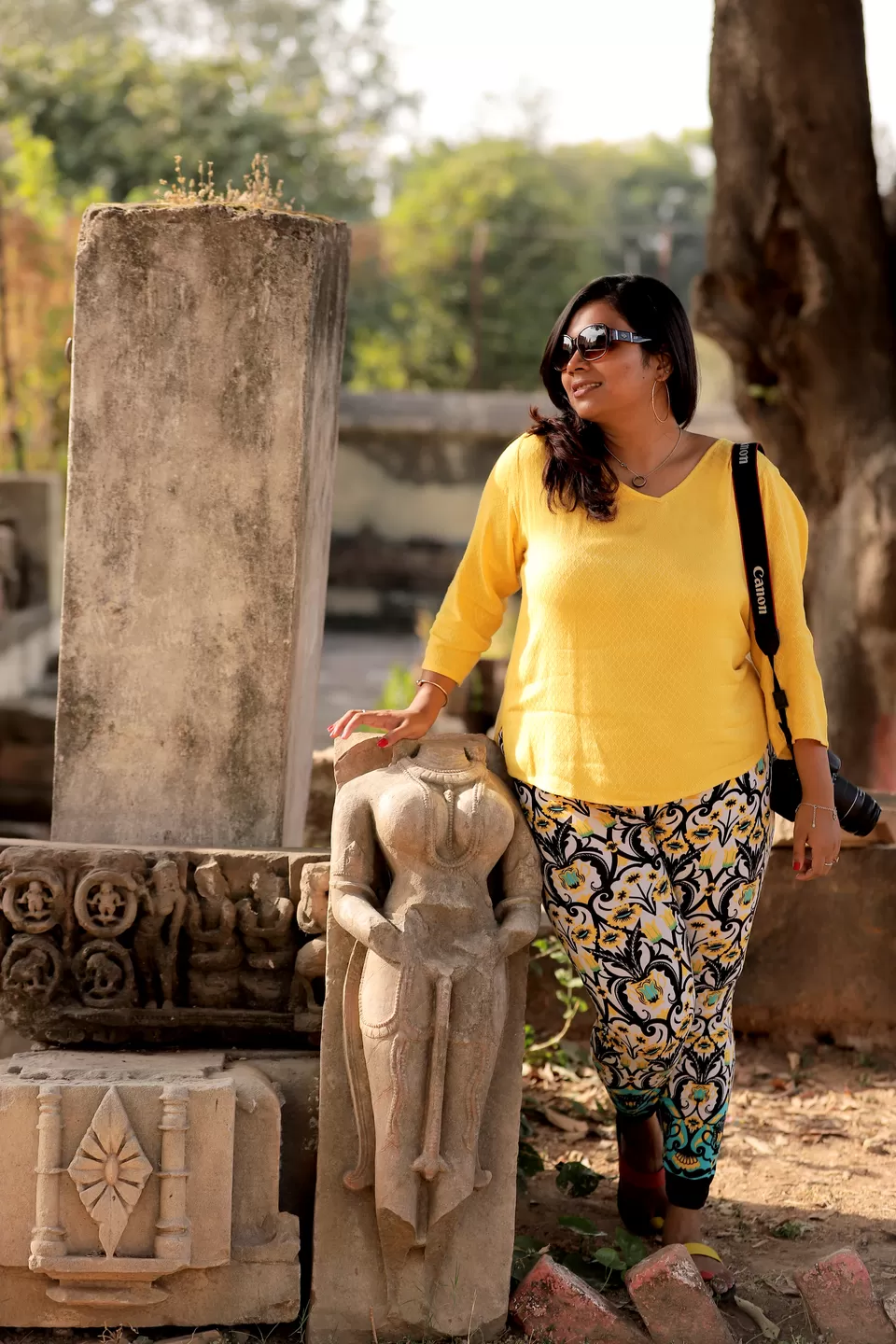
How To Reach & Where To Stay
Located at a distance of about 620 kilometers from Delhi, Khajuraho is most easily reached by flight, or overnight long-distance train from Delhi via Agra (12448/UP Sampark Kranti Express), or Udaipur via Jaipur and Agra (19666/Udaipur City Khajuraho Express). We took the former, on a Friday night and reached Khajuraho on Saturday, early morning!
If you’re looking for budget accommodation, then it would be great to stay at Zostel, which is just next to the main entrance of the Western Complex of Temples. Otherwise, you’d find all popular hotels (from Radisson to Oberoi) in Khajuraho, and they are all located in closer proximity to the temples. We stayed at the Clarks Hotel, which was about 10 minutes from the Western Complex, and since we traveled in December, the weather was good enough to take a walk from the hotel to the temples.
A Complete Guide To Exploring Khajuraho In Just 36 Hours
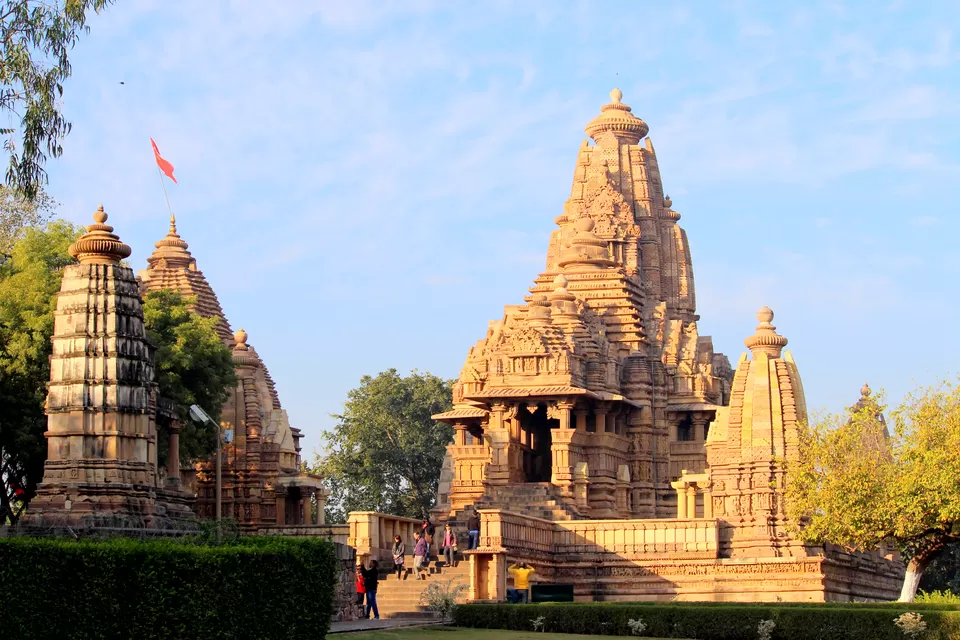
We started a little late on Saturday! While the Western Group of Temples (the main group) is situated near many hotels, the Eastern group is a mile or so away in another village and the Southern group is near the airport. Since tickets are available from the Western Gate, it’s advisable to start there. Anyway, the Eastern and Southern temples are superb at sunset.
The main temples are in the Western Group, which features the magnificent Kandariya Mahadev and Vishwanath temples. These Nagara-style temples are where you’ll find most of the famous erotic sculptures. The images of Goddesses and Gods sculpted on the temple walls represent the many manifestations of the divine Shakti and Shiva, the female and male principles. However, it is a common misconception that the sculptures show lovemaking between deities. They show passionate interactions between humans along with changes that occur in human bodies.
Of the temples in the Western Group, the 3 most popular (and crowded) ones are – Kandariya Mahadev Temple, Lakshmana Temple & Devi Jagadamba Temple. Kandariya Mahadev Temple is the largest of all of the temples in Khajuraho and the tallest as well, with a height of 31.5 meters. Marked as a UNESCO World Heritage Site, it is dedicated to Lord Shiva and built on a high platform. The carvings are beautiful and they make this temple, one of the most ornamented temples of the city. One can witness the different forms of art through the figures that are engraved inside and outside the walls of the temple.
Lakshmana Temple is one of the oldest temples, and the key highlight of the temple is the main chamber which is in the form of a chariot. The chariot is also known as the ‘Pancha Ratha’. According to the folklore, there are around 600 Hindu Gods which reside in the temple. There are many beautiful carvings of Hindu Gods at the entrance of the temple.
Devi Jagadamba Temple is famous for its beauty and symbolism. There are different carvings and sculptures in the temple which depict different themes like union, war, and peace. Inside the temple, there is a big statue of Goddess Parvati. People from different parts of the world visit the temple to have a look at its beautifully carved sculptures.
The Eastern Group contains a handful of exquisitely carved Jain temples and there are only two temples in the Southern group. The Dulhadeo temple is dedicated to Shiva’s bridegroom form, while the Chaturbhuj temple has an unusual form of Vishnu as the presiding deity. Among the Eastern ones, Parsvanath temple is the oldest, largest, and best-known of the Jain temples.
Located in a secluded place, the Vamana temple is a simple yet elegantly designed temple dedicated to Lord Vishnu who is idolized here in his dwarf form. Ghantai Temple in this group is a Jain temple, a structure that is simple yet pleasing for visitors. A frieze illustrating the 16 dreams of Mahavir’s mother is one of the popular carvings found here.
Adinath temple is a Jain temple, the walls of which are an embellishment of heaven, with numerous beautiful sculptures of yakshas depicted in various forms and actions. Their youthful forms are a rare combination of ravishing beauty and soothing divinity.
These temples are located in the old village, where roads are non-asphalt but dust, and you’d definitely find less crowd here. We went there in the evening, and there was barely anyone but us!
Heading back to the hotel in the evening, we freshened up and headed back to the Western Complex for the Light & Sound Show, which is narrated by the Bollywood icon Amitabh Bachchan, the ambassador of MP Tourism!
Right opposite the exit gate was this beautiful boutique cafe, called Raja Cafe, where we decided to have dinner. Later we figured out that it’s one of the oldest eateries of Khajuraho, that was opened back in the days and later, it was bought by the sisters from the benevolent Maharaja of Chhatarpur, also the erstwhile ruler of Khajuraho, hence the name ‘Raja Cafe’.
Overlooking the temples, this place isn’t just about soothing ambiance but serves delicious food as well. (If you’re heading to Khajuraho, you gotta have a meal here!)
The next morning, after having a hearty breakfast at the Clarks, we decided to go back to the Western Complex once again, because after the Light & Sound Show, we wanted to take another look at the detailed artwork that we had earlier missed out on.
On the first day, we didn’t take a guide (because they are pretty expensive, 1600 INR for 2/3 hours) but then, we wanted to listen to their version of stories – so, on the second day, since we had very little time before leaving for Panna National Park, we took another walk around the main temples, with a guide!
Undoubtedly, this person made us look at everything very differently! He told us that the erotic sculptures are considered to be auspicious, as they rekindle the passion in the minds of people.
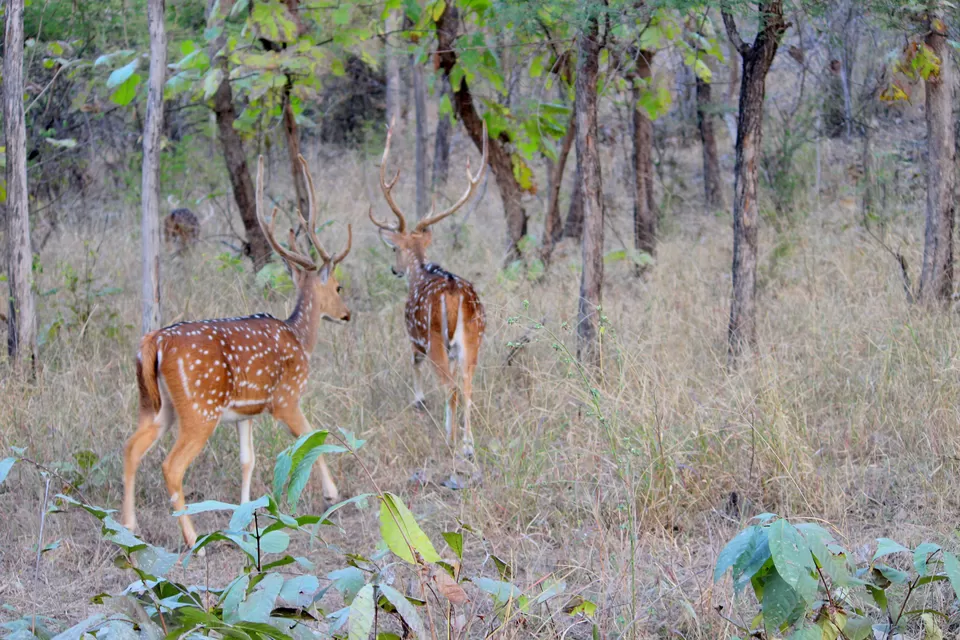
We took our own sweet time, as I explored the trails of history & my friend clicked photographs endlessly! Later, we had a quick brunch at Raja Cafe (yeah, we couldn’t think of going elsewhere!) and continued with our journey to Panna National Park, located at a distance of about 45 KM from Khajuraho. Time passed by the wink of an eye, and we didn’t even realize that we were completely soaked in the history & grandeur of the architecture, in just about 36 hours!
Frequently Asked Questions About Khajuraho
-
Where is Khajuraho located?
Khajuraho is located in Madhya Pradesh, India, in the Chhatarpur district. It is approximately 175 km from Jhansi and 45 km from Panna National Park.
-
Why is Khajuraho famous?
Khajuraho is renowned for its group of Hindu and Jain temples, which are UNESCO World Heritage Sites. These temples are celebrated for their intricate carvings, sensual sculptures, and depictions of daily life, mythology, and spirituality.
-
What is the best time to visit Khajuraho?
The best time to visit is from October to March when the weather is pleasant. Summers (April to June) can be extremely hot, while monsoons (July to September) bring moderate rainfall.
-
What are the must-visit temples in Khajuraho?
- Western Group of Temples (UNESCO World Heritage Site): Includes Kandariya Mahadev Temple, Lakshmana Temple, and Vishwanath Temple.
- Eastern Group of Temples: Includes Jain temples like Parshvanatha Temple and Adinath Temple.
- Southern Group of Temples: Includes Dulhadev Temple and Chaturbhuj Temple.
-
How much time is needed to explore Khajuraho?
A 2–3 day trip is ideal to explore the temples, light and sound show, and nearby attractions like Panna National Park and the Raneh Falls.
-
Are the temples only about erotic sculptures?
No, the temples represent a balance of life. While the erotic sculptures form a small portion, the carvings also depict daily life, divine deities, musicians, dancers, and animals, symbolizing human and spiritual connections.
-
What cultural experiences are available in Khajuraho?
- Light and Sound Show: Held every evening in the Western Group of Temples, narrating the history of Khajuraho.
- Khajuraho Dance Festival: A week-long festival held in February showcasing classical Indian dance forms.
-
Is Khajuraho safe for solo travelers?
Yes, Khajuraho is generally safe for solo travelers, including women. Basic precautions, like avoiding isolated areas after dark, are recommended.
-
What is the historical background of Khajuraho temples?
The temples were built by the Chandela dynasty between the 10th and 12th centuries. They reflect the Nagara-style architecture and are dedicated to both Hindu and Jain deities.
We believe that traveling is a matter of choice but if you are keen to know about the richness of Indian culture, art, and architecture as well as get intrigued by the mythical tales, then we would surely suggest you explore Khajuraho 🙂

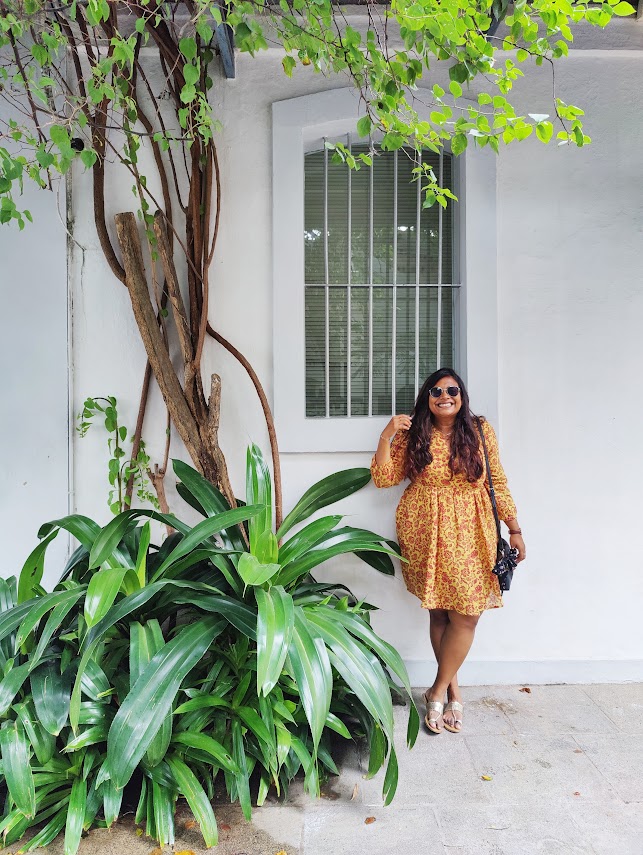










If you love differen culture, tradition and art then India is the best country for travellers. You will feel the touch of different tradition in different states. Jaipur, a capital city in Rajasthan is one of the best destination for vacation. Stay here at best hostel in Jaipur, stay for sometime and explore diversities of Jaipur.